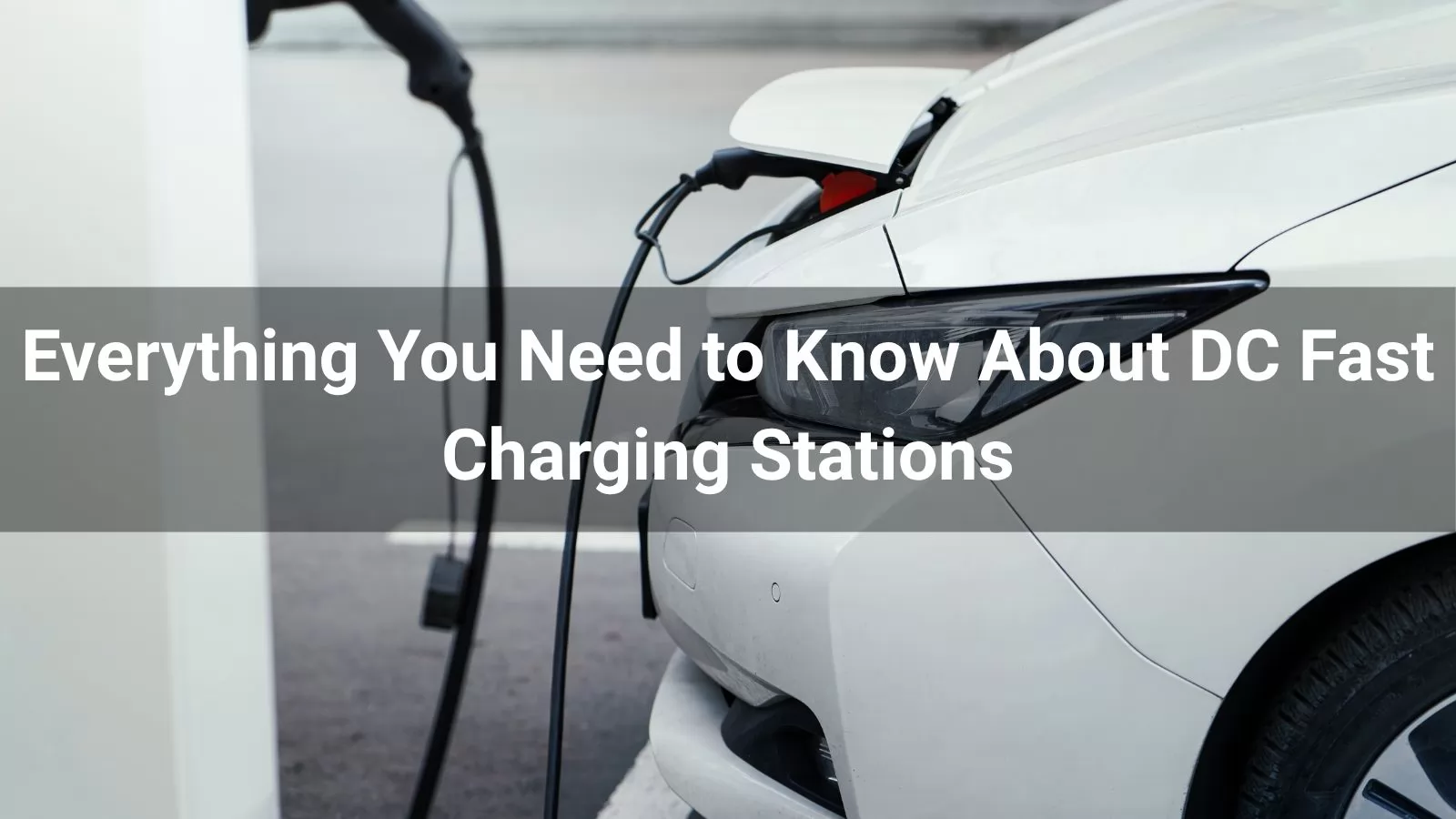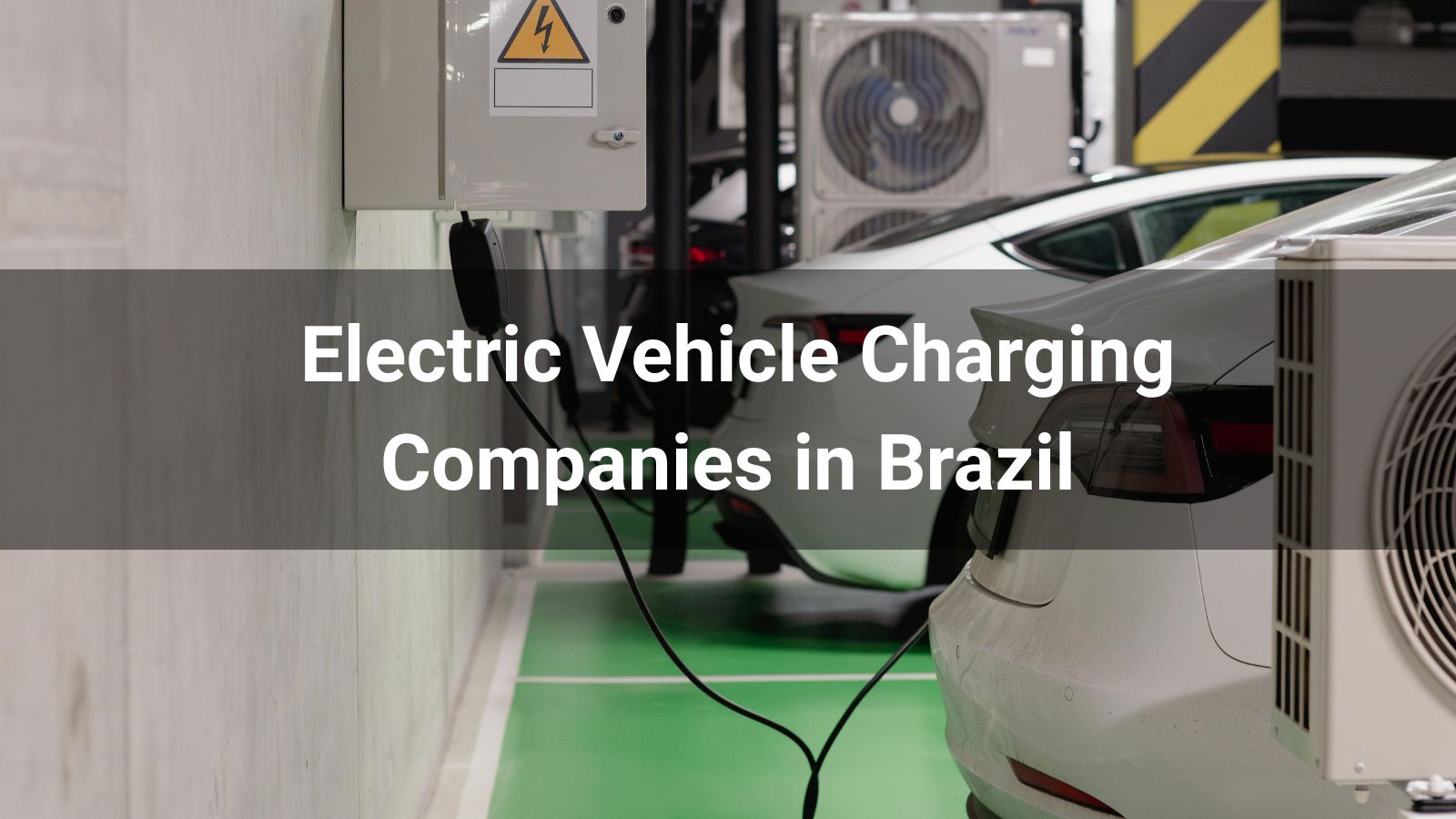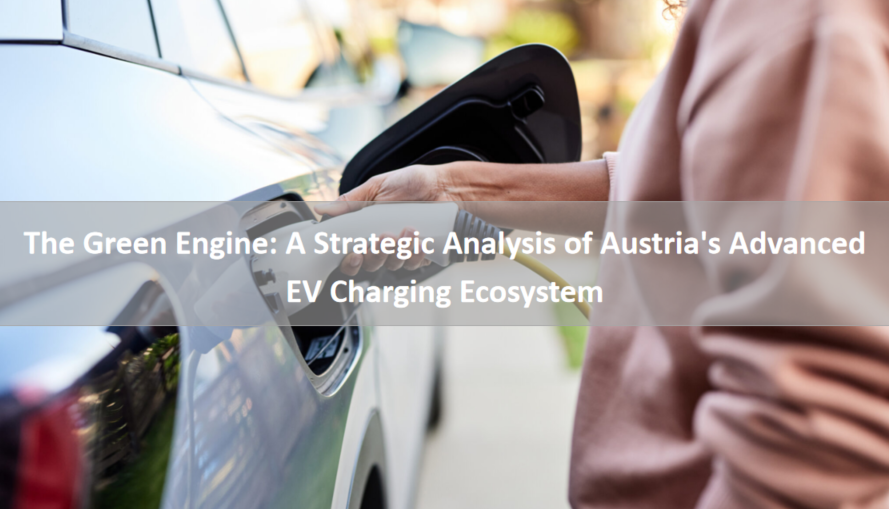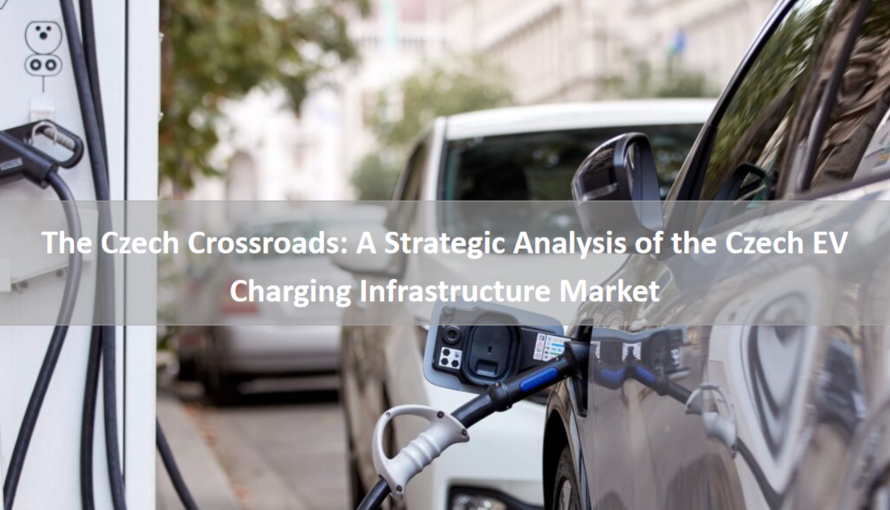
As electric vehicles (EVs) become increasingly common, the demand for fast and efficient charging solutions grows. DC fast charging stations, often referred to as Level 3 chargers, provide the quickest way to recharge an EV, making them indispensable for long-distance travel or situations where time is tight. This guide dives deep into what DC fast charging entails, how it functions, when it’s most appropriate to use, and how to leverage its benefits while safeguarding your vehicle’s battery health.
DC fast charging delivers direct current (DC) electricity straight to an EV’s battery, unlike Level 1 and Level 2 chargers, which rely on alternating current (AC) that the vehicle’s onboard charger must convert to DC. This direct delivery bypasses the slower conversion process, enabling significantly faster charging. Depending on the vehicle and the charger’s power output—typically ranging from 50 kW to 350 kW—DC fast chargers can boost an EV’s battery from 10% to 80% in just 20 to 40 minutes. This speed makes them a game-changer for drivers needing a quick recharge on the go.
The mechanics of DC fast charging are straightforward but rely on advanced technology. The charging station pulls high-voltage AC power from the grid and uses internal rectifiers to convert it to DC. This DC power is then delivered directly to the EV’s battery through a compatible connector, bypassing the vehicle’s onboard charger. The EV’s battery management system regulates the flow to ensure safe and efficient charging. The charger’s power rating and the vehicle’s maximum charging capacity determine the speed, with high-end models like the Tesla Model 3 accepting up to 250 kW, while older EVs, such as the Nissan Leaf, may be limited to 50 kW.
Using a DC fast charger is designed to be intuitive, even for first-time EV drivers. Start by locating a compatible station using apps like ChargePoint or PlugShare, or your EV’s built-in navigation, ensuring the station supports your vehicle’s connector type. Common connectors include CCS1 in North America, CCS2 in Europe, CHAdeMO for older models like the Nissan Leaf, Tesla’s proprietary connector (or CCS1 with an adapter), and GB/T in China. Not all EVs support DC fast charging, so consult your vehicle’s manual to confirm compatibility.
Once at the station, authenticate the session using a mobile app, RFID card, or credit card. Some networks, like ChargePoint, offer plug-and-charge functionality for seamless activation. Open your EV’s DC charging port, connect the appropriate plug, and initiate charging, which typically starts automatically or after app confirmation. You can monitor progress on the charger’s display or your app. When the battery reaches 80%, disconnect to avoid slower charging speeds and free the station for others.
DC fast charging shines in specific scenarios but isn’t ideal for everyday use. It’s perfect for long road trips, where quick stops at highway chargers keep you moving without long delays. It’s also valuable when time is short, such as during a busy day when you need a rapid top-up, or in emergencies when your battery is critically low. For drivers without access to home or workplace charging, DC fast chargers can be a lifeline. However, frequent use for daily charging is not recommended, as it can stress the battery and accelerate degradation over time. Additionally, the higher cost of fast charging, driven by expensive infrastructure and operational demands, makes Level 1 or Level 2 charging more economical for routine needs.
EV batteries charge most efficiently between 10% and 80%, after which the speed drops significantly to protect the battery. To make the most of DC fast charging, aim to stop at 80% unless a full charge is essential for your journey. The final 20% can take nearly as long as the first 80%, making it less time- and cost-effective. Disconnecting at 80% also frees up the charger for other drivers, promoting good etiquette at busy stations. Apps like ChargePoint provide real-time updates and alerts, helping you track progress and know when to unplug.
DC fast charging comes at a premium compared to slower Level 1 or Level 2 options, reflecting the high costs of installation and operation. Pricing varies by network, location, and demand, with charges typically based on energy delivered (e.g., $0.30–$0.50 per kWh), time connected, or a flat session fee. Urban stations or peak hours may carry higher rates. Some networks offer membership discounts to reduce costs. Always check the pricing details on the charger or app before starting to avoid surprises.
While DC fast charging is safe, overuse can impact your battery’s long-term performance. To minimize wear, reserve fast charging for occasional needs and rely on Level 2 or home charging for daily use. Keeping your battery between 20% and 80% for most cycles reduces stress, as frequent full discharges or charges to 100% can accelerate degradation. Charging in cooler conditions helps, as high temperatures can harm the battery. If your EV supports it, preconditioning the battery in cold weather can improve charging efficiency and reduce strain. Modern EVs have sophisticated battery management systems to mitigate risks, but these practices extend battery longevity.
The DC fast charging landscape is expanding, with networks like ChargePoint Express, Electrify America, EVgo, Tesla Supercharger, and Europe’s IONITY offering widespread coverage. Each network has distinct pricing structures, membership benefits, and geographic reach. Tesla’s Supercharger network, once exclusive, now supports non-Tesla EVs in many regions with adapters. Apps like PlugShare help you compare networks, check connector compatibility, and plan routes to ensure you’re never stranded.
Level 2 AC charging, using connectors like J1772 or Tesla, delivers 10–30 miles of range per hour, making it ideal for home or workplace charging with minimal battery impact. In contrast, DC fast charging, with connectors like CCS1, CCS2, CHAdeMO, or Tesla, provides 60–250+ miles in 20–45 minutes, perfect for road trips or emergencies but with a higher cost and potential battery stress if overused. Level 2 chargers are cheaper to install, while DC fast chargers require significant infrastructure investment.
To optimize your DC fast charging experience, precondition your battery in cold weather if your EV supports it, enhancing efficiency. Plan routes with fast chargers using navigation tools to avoid range anxiety. Move your vehicle promptly after charging to avoid idle fees, which some networks impose for lingering. Carry adapters, such as Tesla-to-CCS1, if you use multiple networks. Check user reviews on apps like PlugShare to ensure station reliability, as some chargers may be out of service.
DC fast charging stations are a cornerstone of the EV ecosystem, offering unmatched speed for road trips, emergencies, or time-constrained situations. By choosing the right connector, charging to 80%, and prioritizing battery health, you can harness their convenience while minimizing costs and wear. Whether you’re navigating a cross-country journey or managing a hectic schedule, understanding DC fast charging empowers you to drive with confidence in the electric era.
Read more:







